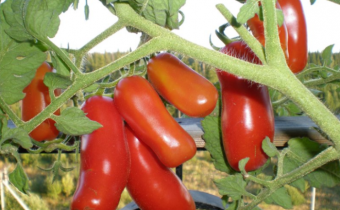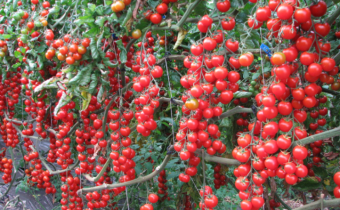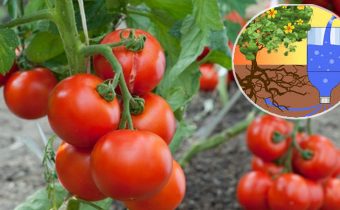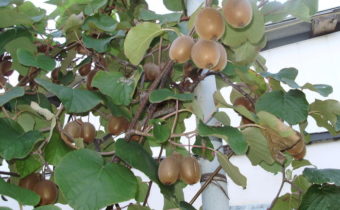Why soil cracks after watering?
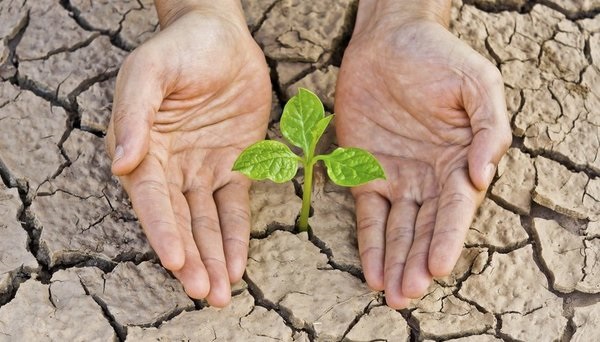
The main reason for which the soil cracks on the beds after watering is the high content of clay components in the substrate. For effective crop production, it is necessary to enrich the cracked loamy soil with fertile soil in order to increase the nutritional value and improve the composition.
About clay soils
Loam and clay soil consists of dust-like particles, which, when moistened, form stable bonds between themselves and stick together in a dense substance. Wet earth with high clay content prevents the penetration of moisture into the lower layers and quickly evaporates water from the surface. During drying, the bonds between the soil particles are broken and cracks form on the surface.
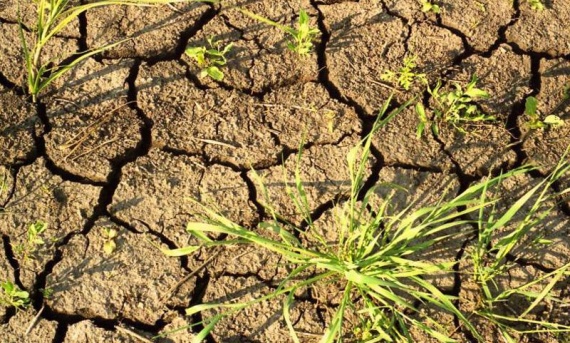
To determine the type of soil in the garden, conduct an experiment. Take a little earth, moisten it, form a roller from the mass, wrap it in an arc or in a ring. Analyze the resulting shape:
- a well-shaped, smooth ring means that the substrate is high in clay;
- easily formed figure, covered with small cracks, indicates that you have loam in your hands;
- A crumbling substance that is not subject to formation indicates a light sandy type of soil or sandy loam.
Loams and clay soils require the introduction of fertile components in order to create favorable conditions for growing crops. Soils with a high content of clay contain few nutrients, poorly aerated, do not pass water, and impede the development of the root system.
What to do to prevent the soil from cracking
For the cultivation of diverse crops clay soil types are not suitable. For full growth, fruiting, development of a powerful root system, plants require light healthy soil high in organic matter. It is required to modify the composition of the clay-type substrate to improve its characteristics.
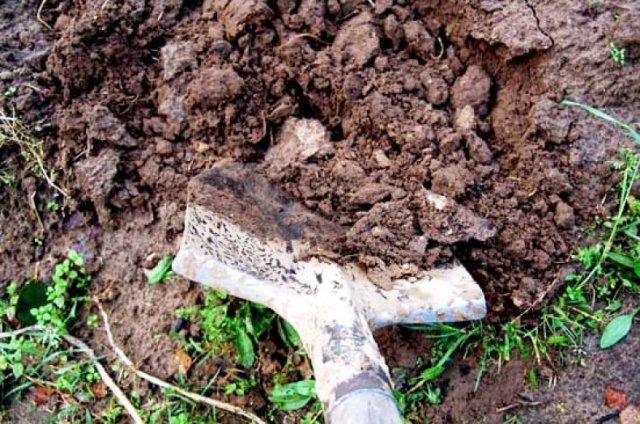
It is difficult for sprouts to make their way to the earth's surface under dense clay crust, to develop roots, plants often lack water. Use the following guidelines to improve aeration, fertility and moisture permeability of clay soil.
When digging at the end of the season or in the spring, add:
- mown hay, fallen leaves, straw. Observe the proportions - 10 l of the organic component for each square of the garden;
- rotted sawdust. It is not necessary to introduce fresh material due to the activity of bacteria during rotting. As a result of vital activity, microorganisms take nitrogen from the substrate, which is necessary for growing crops. Organize compost bin or a pit where you place a small saw cut, old grass, foliage, mullein, humus. Spill the mixture for active decay with water. After 2-3 months, make up the composition in clay soils. The resulting additive is an excellent nutritional component that improves fertility, breathability, water permeability;
- manure with hay. Mixed manure (mullein, manure, sheep, horse) mixed with old straw or dry hay in proportions of 1: 1. Add 5-7 liters of nutrient composition to each square meter of beds during autumn digging with a depth of at least 30 cm;
- crushed stone of small fractions, brick battle, slag. To improve aeration, add crushed rock material and organic supplements. For example, make a mixture of 30% brick crumb and 70% compost.Add 6-7 kg of composition for each square of clay soil. To improve the fertility and quality of the substrate with a high clay content, it will take 2-3 cycles.
Add fresh sawdust to the winter after cutting wood into clay soil, add nitrogen-containing feedings to the soil to get fertile, loose soil in spring.
The less on the ridges of the clay component, the better the quality of the soil. The introduction of organic matter and sand mixtures will improve aeration, fertility, water penetration into the lower layers. Soil cracking also contributes to wind and active sunlight.
Rules for clay soil irrigation
When growing vegetables, herbs, flowers in vegetable gardens with loams or soils with high clay content, pay attention to full watering. If you do not have the opportunity to change the qualitative composition of the substrate, organize a complete supply of moisture to the plants.
When watering the beds with clay soils, follow these guidelines:
- small water pressure. Adjust the flow of water jet to shed the ground quality;
- use sprinkler. Drip irrigation better wets the soil. When soaking the upper layer, there will be a gradual penetration of moisture into the lower layers;
- shed ridges longer. To soak loam with water, spill each square of the garden for 5-7 minutes;
- night straits interdigital. For abundant watering in drought, include a weak water supply for planting between the beds. Cultures will get hydrated through the side roots;
- water in the morning, before 9.00 or in the evening, after sunset. Active sunlight accelerates evaporation, dries the soil, can cause burns on moist green parts of plants;
- check the depth of watering. Observe how deeply the moisture has penetrated the soil layers. Dig a small patch of soil and see in the section how many centimeters are moist down. For the full growth and development of crops, it is necessary that the earth be shed at least 15–20 cm deep. Under the action of gravity, the water will gradually descend into the lower layers.
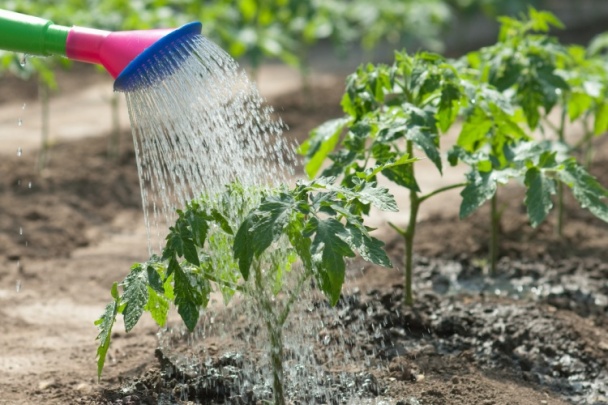 To retain moisture in the substrate, cover the ground after watering or rain.
To retain moisture in the substrate, cover the ground after watering or rain.
Do not allow excessive waterlogging in clay soils. The root system in watered soils begins to rot, the concentration of nutrients decreases, useful components are washed out.
To eliminate the reasons why soil cracks in the beds after watering, it is necessary to work on improving the composition of the soil. The elevated clay content causes rapid evaporation of the fluid, which causes cracks on the surface of the earth. Add organic matter to the garden, river sand, rotting sawdust to make the soil more loose, well aerated, letting water into the lower layers. Carefully shed clay beds to nourish the root system of crops.


